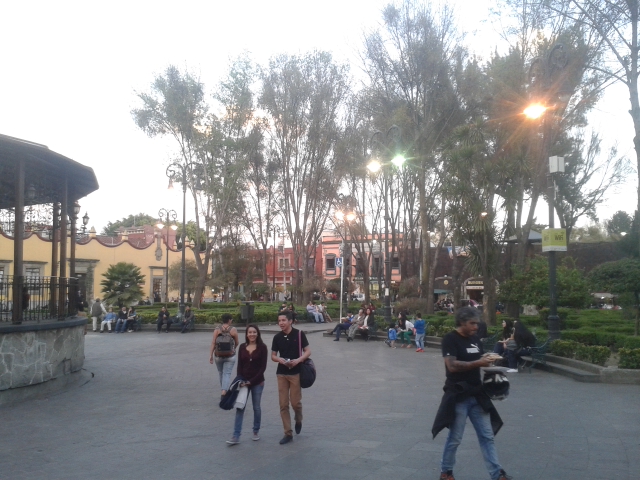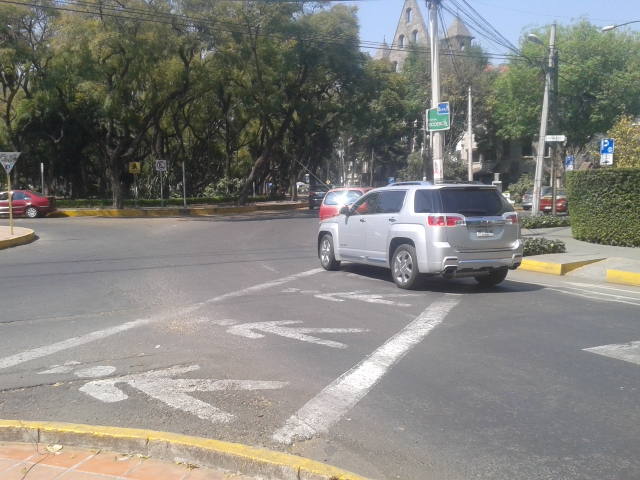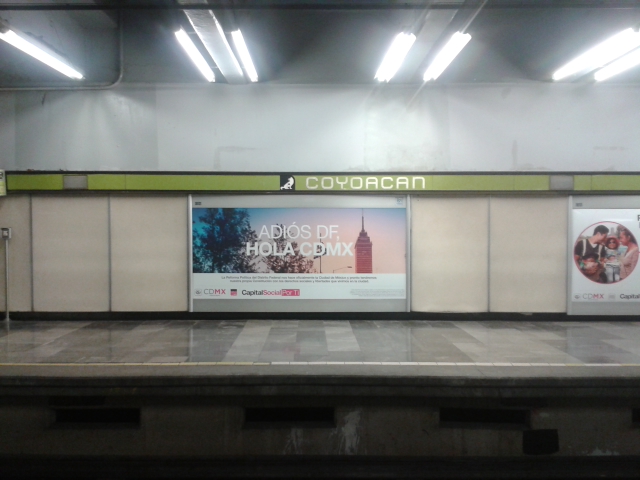It has been over a month since I left Mexico City. After walking the streets, riding the metro and lingering in the spaces of this 20-million-person megalopolis for just over four months, I began to understand how the use of public space is unique, that is, the understanding of the purpose that public space should serve is different than the common North American or European conception.
For instance, public space in Mexico City often serves a commercial function. This is not uncommon in cities, which have always served as centres of trade. However, while many cities in Canada and Europe have highly controlled commercial activity in the public realm (e.g. sidewalks, parks, squares), you can buy just about anything in the streets of Mexico City.
In my first few weeks, I was overwhelmed by the street vendors. Upon exiting a metro station, you often enter a labyrinth of kiosks and stalls, where you can buy anything from socks to DVDs to tacos. It feels a bit like being in IKEA – you need to pass each and every stall before you reach the street, continuing onto your destination. A European friend of mine once likened it to walking through the cave of Ali Baba.

The line between stores and the sidewalk is blurred, as the sidewalk is covered with street-vendors (ambulantes), selling everything from food to socks to electronics.
While it can be relentless, one day as I walked through one such tianguis (the Mexican word for an open-air market), complaining that one could not escape commercial activities, I found myself perusing a table of socks and leaving with a cellphone cover. The thing is, while the presence of ambulantes (street-vendors) throughout the city can be overwhelming, people really do buy from them. Instead of heading to a high-street as in most of Europe, or a shopping mall in North America, people head for the market, the tianguis, even the metro. One morning, I asked my partner where I could buy bobby pins. Thinking he would respond the name of a store, instead he responded, “In the metro”. I was skeptical, but later that morning on my way to a meeting, a young woman entered my metro car selling bobby pins (and mini tubes of toothpaste!).
Between my house and the metro, the sidewalk was covered with street-vendors, as well as inside the metro station and even inside the metro cars, changing cars at each station. They sold snacks, cream for aches and pains and even a book about how to properly raise your children. This commercial activity in the public space is not just cultural and historical, though Mexico City has always been a center of trade, it is also the result of a large number of people having trouble getting formal work and therefore a substantial informal sector. Selling products in the public realm offers them a livelihood, but also turns public spaces effectively into workspaces.
While we may hear workplace and think of an office, a desk and computer, or perhaps shops and restaurants in the service industry, in Mexico the public realm is often a workplace. One day, while walking through the Merced neighbourhood with a tour group from the United States, a quite inconsiderate member of the group held up a man who was transporting fruits in a large cart to let us pass, without giving any apologies, oblivious to the fact that he had just walked into that man’s office and disrupted his work.
These spaces are often also cared for like one’s office. Early in the morning, street-vendors sweep and wash the area they use for their business. Sometimes the stalls block the circulation of pedestrians, and once I even had to crouch down to keep walking, as two little old women had covered their stands with a tarp, exactly at their height, to create some much needed shade. They were designing and modifying their office.
While it can be frustrating to those trying to use the sidewalk to transit from one activity to the next, and while the public realm should remain public and accessible to everyone, these stalls sometimes create spaces to stay, to sit, and to enjoy the city, whether it is to eat a taco with your neighbours, buy your groceries, or chit-chat as you peruse a pile of socks. All this packed into the narrow sidewalk, overflowing onto the street, or in and around the metro.

















